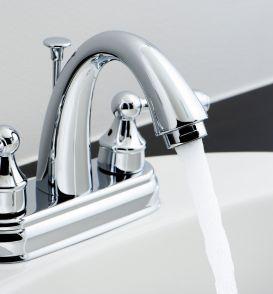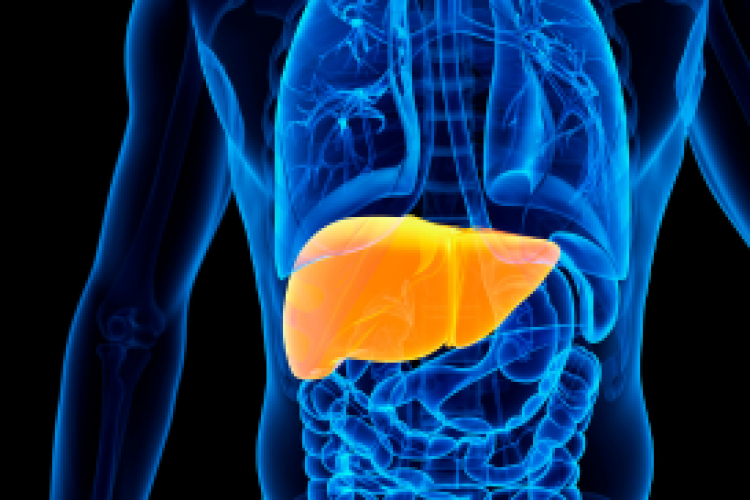
It’s common – but not inevitable – for men to develop difficulty urinating as they get older. This is often due to an enlarged prostate, or benign prostatic hyperplasia (BPH). There are steps men can take to keep their prostate and bladder healthy as they age, says Nikhil Gupta, M.D., a board-certified urologist at Advanced Urology Centers of New York (AUCNY), an affiliate of Solaris Health, one of the nation’s leading urologic providers, practicing in West Nyack, located in Rockland County.
For men who do need treatment for urinary difficulties due to BPH, there are a variety of options. “In the past decade, medications and surgical procedures have been developed that effectively treat symptoms with fewer side effects than older treatments,” Dr. Gupta said.
What is Prostate Enlargement (Benign Prostatic Hyperplasia)?
The prostate grows as a man ages, and presses against the urethra, the tube-like passage that allows urine to leave the body. This blocks the flow of urine. “Urinary symptoms aren’t always caused by BPH,” Dr. Gupta said. “Other medical problems, like an overactive bladder, diabetes, or Parkinson’s disease can also cause urinary problems. If a man has urinary symptoms, he should have a thorough evaluation.”
Symptoms of BPH can include:
• urinary frequency—urination eight or more times a day
• urinary urgency—the inability to delay urination
• trouble starting a urine stream
• a weak or interrupted urine stream
• dribbling at the end of urination
• frequent urination during periods of sleep
Diagnosing BPH
Diagnosing BPH includes a medical history, a physical exam, and diagnostic tests. The traditional tests for BPH can be somewhat invasive, Dr. Gupta said. These tests can require either a catheter or a small camera called a cystoscope inside the bladder.
To avoid these tests, Dr. Gupta sometimes starts patients on BPH medication based on history and physical exam results. “We see how effective medication is for a few months, and if symptoms improve, it proves the diagnosis, avoiding invasive testing.”
When a patient first presents with symptoms of BPH Dr. Gupta will give medication after taking the history and performing an exam. The medications either help relax the area around the prostate or shrink the prostate. The patient can be re-evaluated after a few months and if the patient's symptoms have improved and the patient is satisfied invasive testing can be avoided.
A new non-invasive diagnostic test called UroCuff is now available. It uses a pneumatic cuff that is fitted to the penis. It allows the urologist to collect important data about bladder function while the patient urinates. “It can be used before starting therapy for diagnosis, or after starting therapy to show whether there is still room for improvement,” Dr. Gupta said. “UroCuff removes the guesswork from BPH treatment with zero patient discomfort.”
Medication for BPH
A man with a mildly enlarged prostate may not need treatment unless his symptoms are bothersome and affects his quality of life. For mild BPH, the doctor may recommend lifestyle changes including:
• reducing liquid intake, especially before going out or before sleeping
• avoiding or reducing intake of caffeinated beverages and alcohol
• avoiding or monitoring the use of medications such as decongestants, antihistamines, antidepressants, and diuretics
• training the bladder to hold more urine for longer periods
• exercising pelvic floor muscles
For men whose BPH isn’t controlled by lifestyle changes, medication is often effective. There are a number of medications available to treat BPH. If one medication causes side effects, the doctor may offer another one.
Surgical Treatment
For men whose BPH is not adequately controlled with medication, or who don’t want to take daily medication, surgery is an option.
The “gold standard” procedure is known as transurethral resection of the prostate, or TURP. Under anesthesia, the urologist inserts an instrument through the urethra to reach the prostate and cuts pieces of enlarged prostate tissue with a wire loop. Special fluid carries the tissue pieces into the bladder, and the urologist flushes them out at the end of the procedure. Potential side effects include increased difficulty with erection and retrograde ejaculation.
Recently new “minimally invasive” surgical options have been developed. He noted that because these minimally invasive procedures are newer, durability is not known. “We’ve only been doing these procedures for less than 10 years,” he said.
These procedures include:
Urolift. During the procedure, which takes less than an hour, the urologist inserts tiny implants through the urethra. The implants are left in place to lift or hold the enlarged prostate tissue out of the way. Because the urethra is no longer blocked by a swollen prostate, urine can be released without obstruction.
Rezum. This procedure takes about 15 minutes. Depending on the size of the prostate, the procedure consists of two to seven injections of vapor. The vapor disperses between cells, then cools, releases heat, and gently disrupts the swollen prostate, relieving the pressure on the urethra.
“Minimally invasive procedures can effectively improve urinary symptoms due to BPH with a very short procedure time. Men often will need an indwelling catheter afterward for a shorter time than with traditional BPH procedures,” Dr. Gupta said. “Their recovery time is quicker, and they have minimal long-term side effects.”
If you are experiencing BPH symptoms and would like to schedule an appointment, visit the Advanced Urology Centers of New York website.



 Upcoming Events
Upcoming Events



